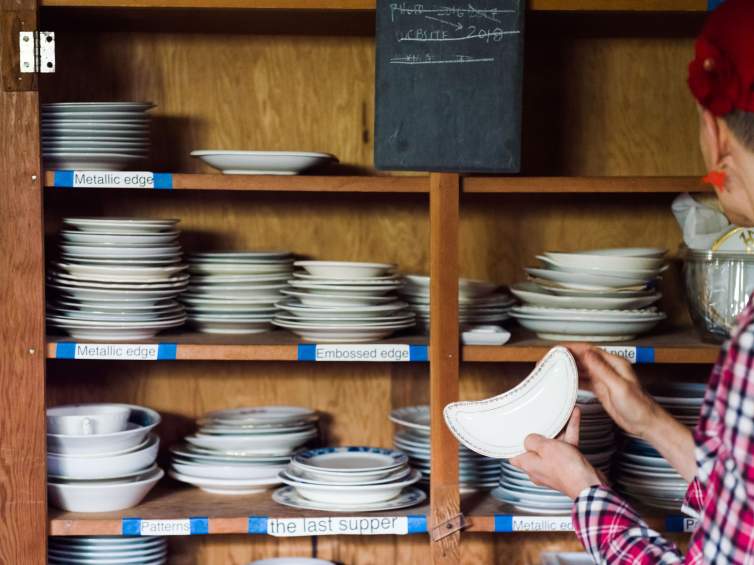Estate Planning Questions for the Visual Artist
We've created a free worksheet that encourages artists to consider their legacy ...

“Imagine if you were to approach the career documentation process as if you’d been invited to give an in-depth interview chronicling your life, career, and artistic legacy. This is an opportunity to tell your story in your own words and to create, add to, or correct the historical record regarding your work. The task may seem daunting, but it can be done—and enjoyed—if you take the process one step at a time.”
In our recent publication, Career Documentation for Visual Artists, VoCA Program Director Margaret Graham outlines an approach to career mapping as a means of understanding an artist’s life, work, and career—and as a tool to help you plan your own artistic legacy. Graham’s chapter includes tips for identifying goals, inviting collaborators into the process, shaping your narrative, and determining how you want to share it.
Graham writes, “There are lots of creative ways you can start using and sharing your narrative, including hosting a public event, such as a talk or exhibition, with an audience; a public or private screening of your recorded interview; a selection of images of your work or personal reflections shared on your website and social media accounts; an email blast or newsletter to friends and family; or any other community outreach you feel comfortable with.
"This communication does not have to happen only once, but can be serial; we encourage the artists we work with to share their narratives as widely and often as possible, and invite our colleagues and affiliated program partners to do the same. The narrative itself also does not have to be fixed, but can be viewed as a living document that is revised and updated over time.”

A companion worksheet helps artists begin brainstorming the content and format of your career map, and determine who would be the ideal partner to join you on this journey. The questions and prompts on the worksheet include the following:
To get started, list ten works, series, or bodies of work that are most representative of your overall practice or most crucial to your story.
How does your biography connect to your creative production? How personal do you want to get, and how much are you comfortable sharing?
Are there other works of art (not your own) or published texts that have been especially informative for you?
Has anyone written about your work, and articulated insights that you find poignant or resonant?
How do you envision sharing your story?
Download the Career Mapping worksheet and access the full, free resource guide, Career Documentation for the Visual Artist, below.